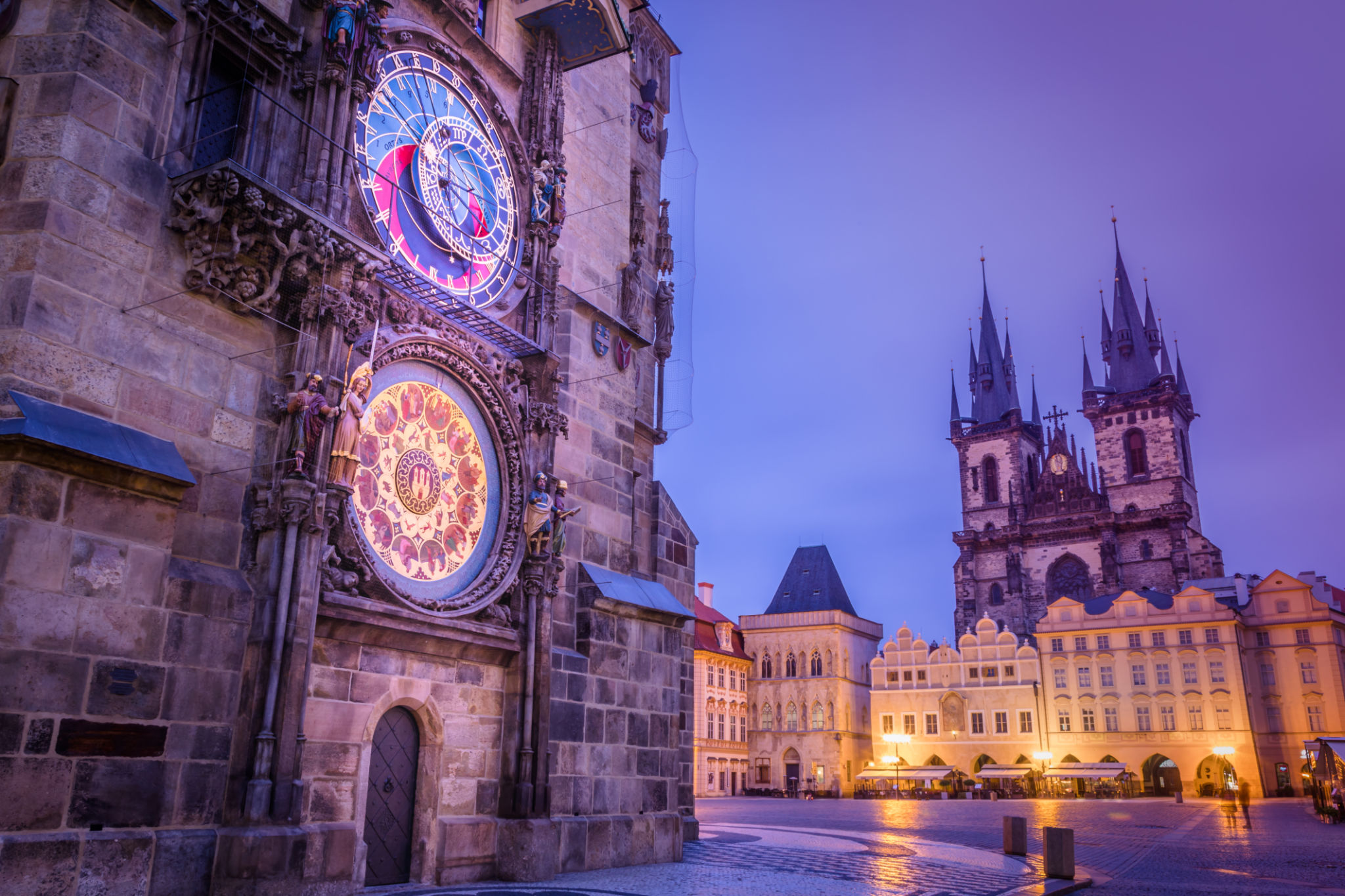How Church Architecture Reflects Faith and Function
The Historical Evolution of Church Architecture
Church architecture has evolved significantly over the centuries, reflecting both the spiritual and functional needs of congregations. From the grand cathedrals of the medieval era to the minimalist designs of modern churches, each architectural style provides insight into the beliefs and priorities of the time. Understanding these changes offers a deeper appreciation for how faith and purpose are intertwined in church design.
In the early days of Christianity, churches were often simple, modest structures. The focus was on creating a space for communal worship rather than architectural grandeur. As Christianity spread and became more established, church architecture began to reflect the religion's growing influence and significance. The Romanesque style, for instance, with its thick walls and rounded arches, signified strength and stability.

The Symbolism in Design
Throughout history, church architecture has been laden with symbolism. The Gothic cathedrals of Europe, with their soaring spires and intricate stained glass windows, were designed to draw the eye upwards, symbolizing a connection to the divine. The use of light through stained glass was not only decorative but served as a metaphor for bringing enlightenment and understanding to the worshippers.
Modern church designs often incorporate elements that are both symbolic and functional. For example, many contemporary churches feature open spaces and natural light to create a welcoming and inclusive environment. This shift reflects a broader trend in which churches aim to be more accessible and inviting to their communities.

Functionality in Church Design
The functionality of a church is as important as its aesthetic appeal. Over time, church architecture has adapted to meet the changing needs of congregations. In the past, churches were primarily spaces for worship and religious ceremonies. Today, they often serve multiple purposes, hosting community events, meetings, and social gatherings.
To accommodate these diverse functions, modern churches are designed with flexible spaces that can be easily reconfigured. Many incorporate features such as movable seating, multipurpose rooms, and advanced audio-visual systems to support various activities. This adaptability ensures that churches remain relevant and useful to their communities.

The Influence of Cultural Context
Cultural context plays a significant role in shaping church architecture. In regions where Christianity is not the predominant religion, church buildings may incorporate local architectural styles and materials. This approach not only respects the cultural heritage of the area but also fosters a sense of belonging among local congregations.
For example, in many African countries, churches might feature traditional thatched roofs or use local stone in their construction. Meanwhile, in Latin America, churches often display vibrant colors and incorporate indigenous art forms into their design. These culturally sensitive designs reflect the universal nature of the Christian faith while honoring local traditions.
The Future of Church Architecture
As society continues to evolve, so too will church architecture. Future designs are likely to focus on sustainability and environmental stewardship. Green building practices, such as the use of renewable energy sources and eco-friendly materials, are becoming increasingly common in new church constructions.
Additionally, as technology advances, we may see more churches incorporating digital elements into their design. This could include virtual reality experiences for worship or digital art installations that enhance the spiritual atmosphere. These innovations promise to make church environments more dynamic and engaging for future generations.